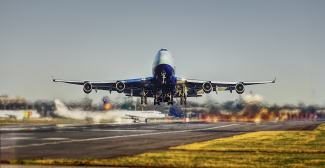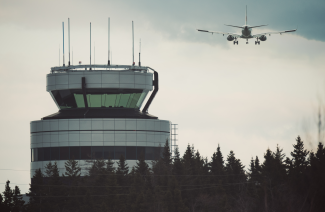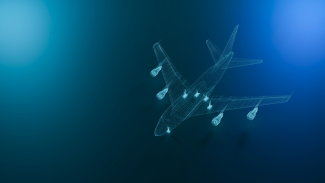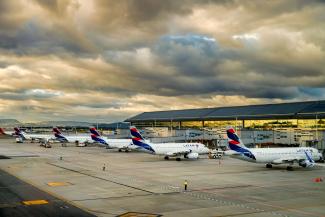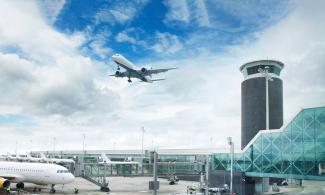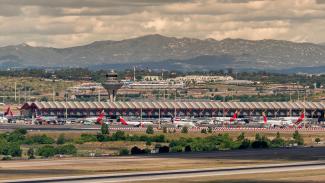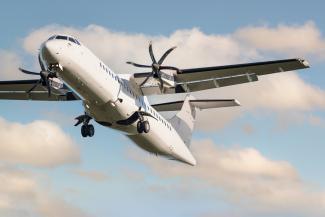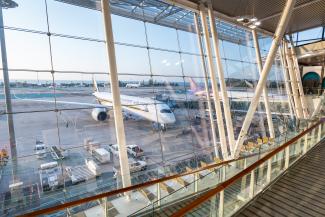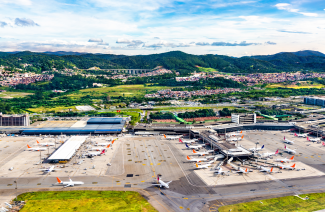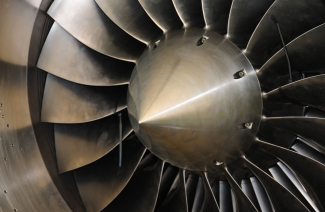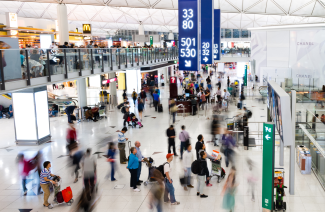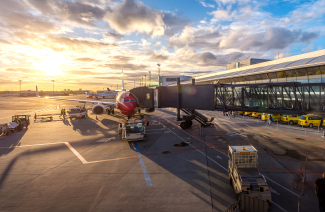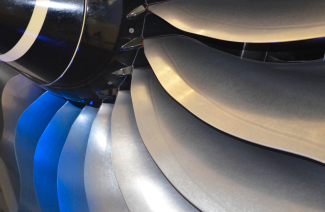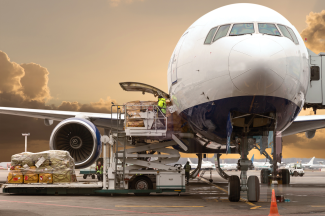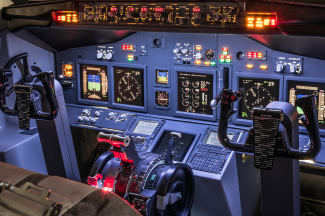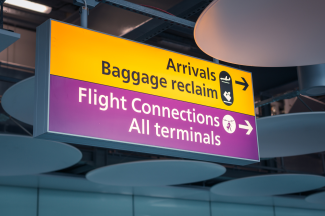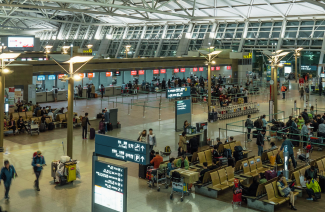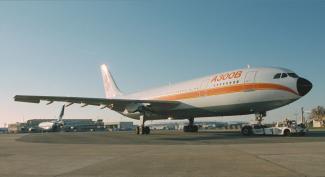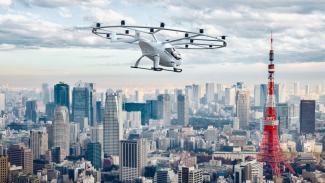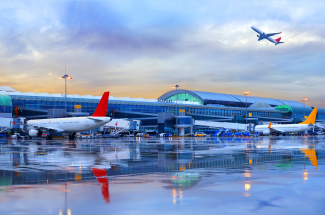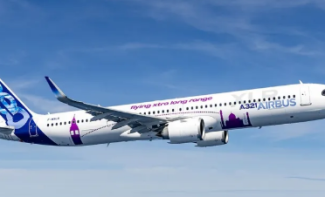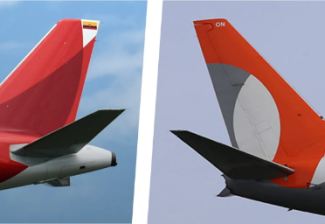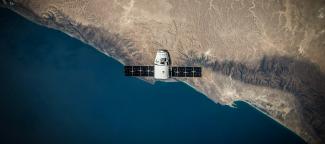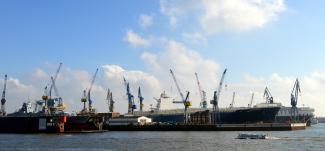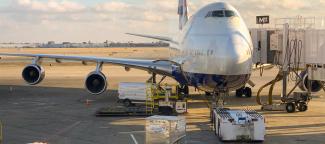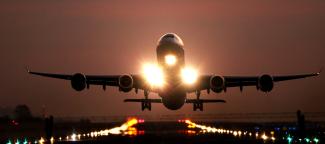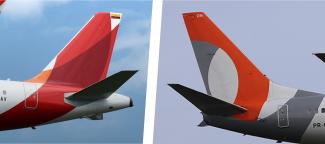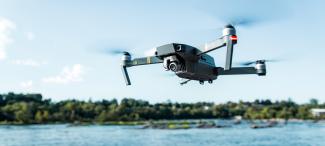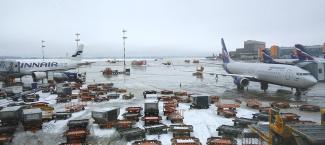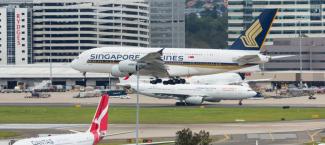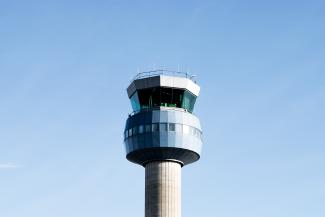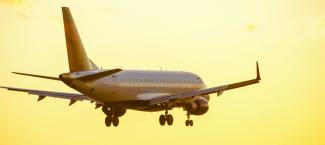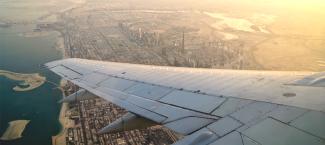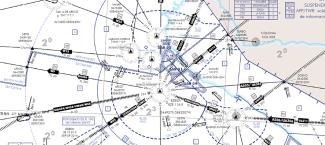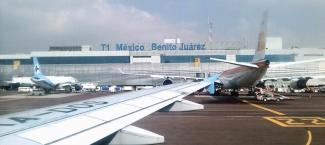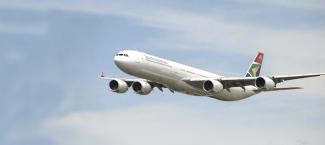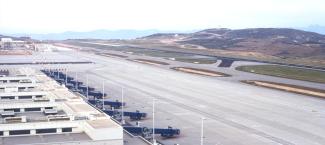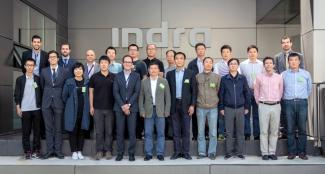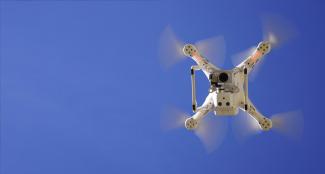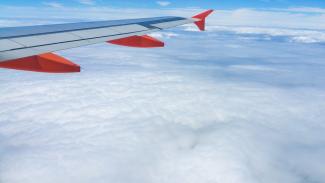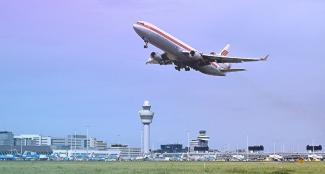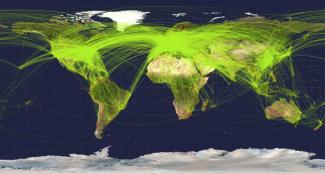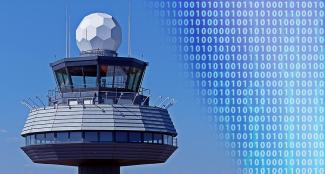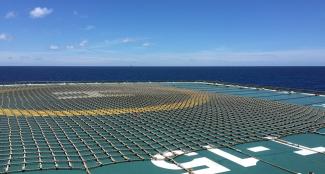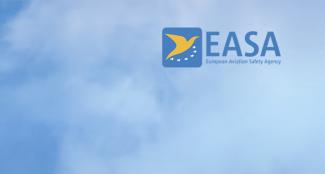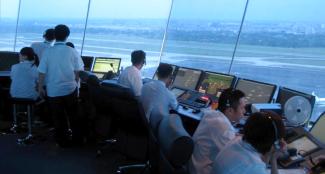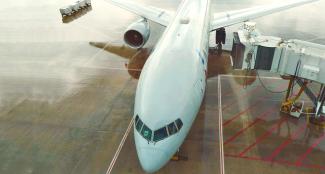The SESAR Performance Framework ensures that the SESAR programme develops the operational concepts and technical enablers needed to meet the performance ambitions described in the ATM Master Plan and it is composed of a set of KPAs, KPIs and PIs for the purpose of measuring performance and tracking the achievement of targets.
Have you ever wondered how benefits can be quantified in a new solution for the increased safety of airport surface operations?
One of the transversal KPAs that impacts indirectly in other ones is Safety. The methodology followed to quantify the benefits of this KPA consists in comparing the solution scenario (where the hazardous situation is avoided) with the reference scenario (where the hazardous situation occurs) and the benefits are the resulting delta between them.
ALG experts have been applying a novel approach to the monetisation of safety in the Cost Benefit Analysis (CBA) for SESAR solution PJ.02-W2-21.1. This solution aims at implementing support tools for controllers at Advanced Surface Movement Guidance and Control system (A-SMGCS) Airports to detect potential and actual conflicting situations, incursions and non-conformance to procedures or ATC clearances, involving mobiles (and stationary traffic) on runways, taxiways and in the apron/stand/gate area as well as unauthorised/unidentified traffic.
The main source of safety related information used for the quantification of the number of safety occurrences in scope of the solution is the Annual Safety Review (ASR) prepared by EASA combined with the information provided by the ICAO iSTAR tool. When further information is needed, additional assumptions had to be taken in order to complete the benefits quantification.
The main safety benefits estimated in the scope of Solution PJ.02-W2-21.1 are the ones stemming from airport closures following incidents with no direct fatalities or injuries to persons1, as summarised in the following figure:
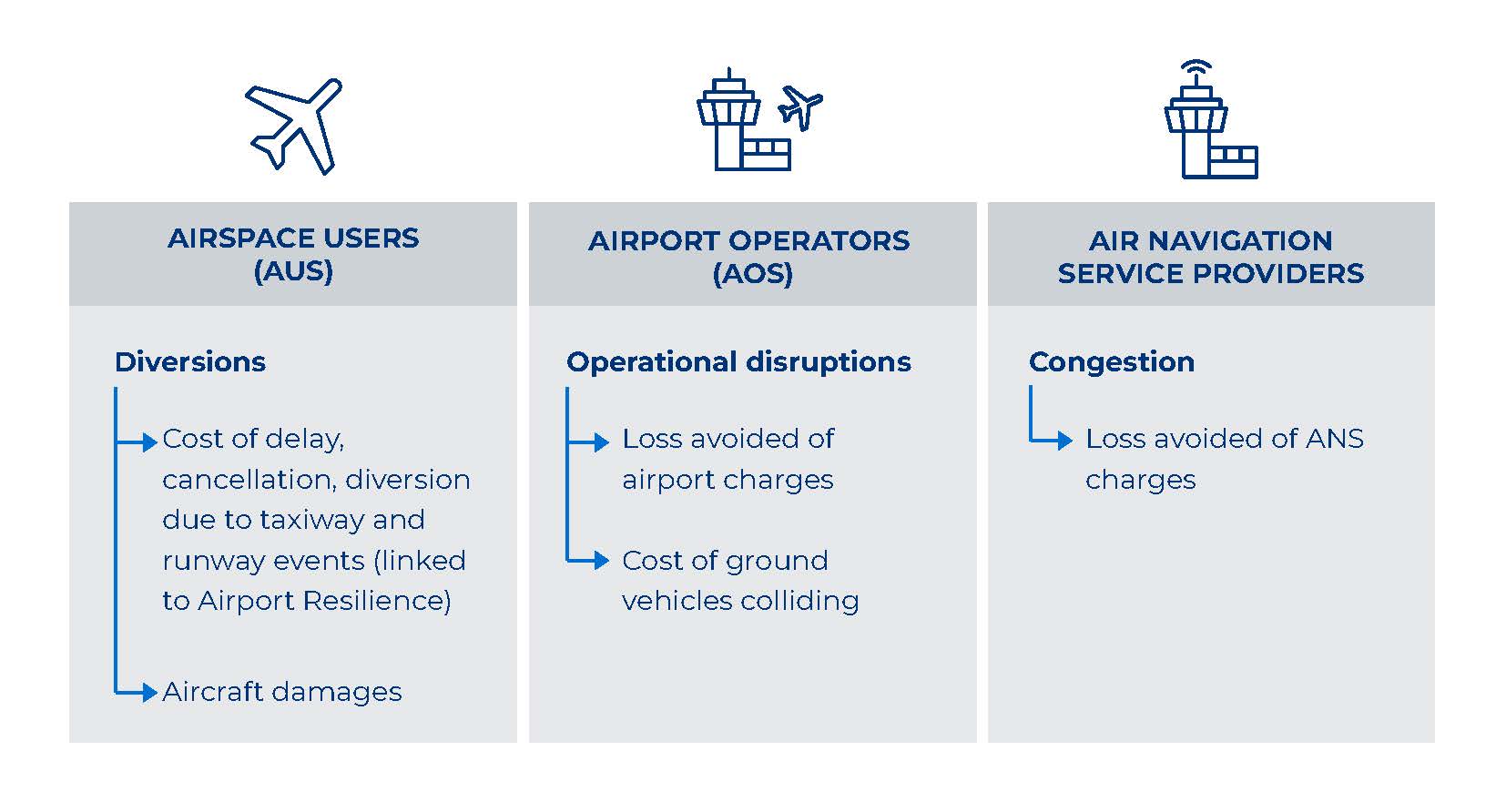
1 Injuries to persons are deliberately not accounted due to the involvement of insurance companies in the compensation for liabilities stemming from physical and personal damages following a collision, which will vary in any different situation and cannot be generalized. For more information, please contact ALG.
Airspace Users
The assessment of safety benefits starts with the identification of the number and distribution of serious incidents and accidents in the “ATM and ANS” and “Aerodrome and Ground handling” domains in the current year, which could be avoided in taxiway and runway thanks to the implementation of the solution.
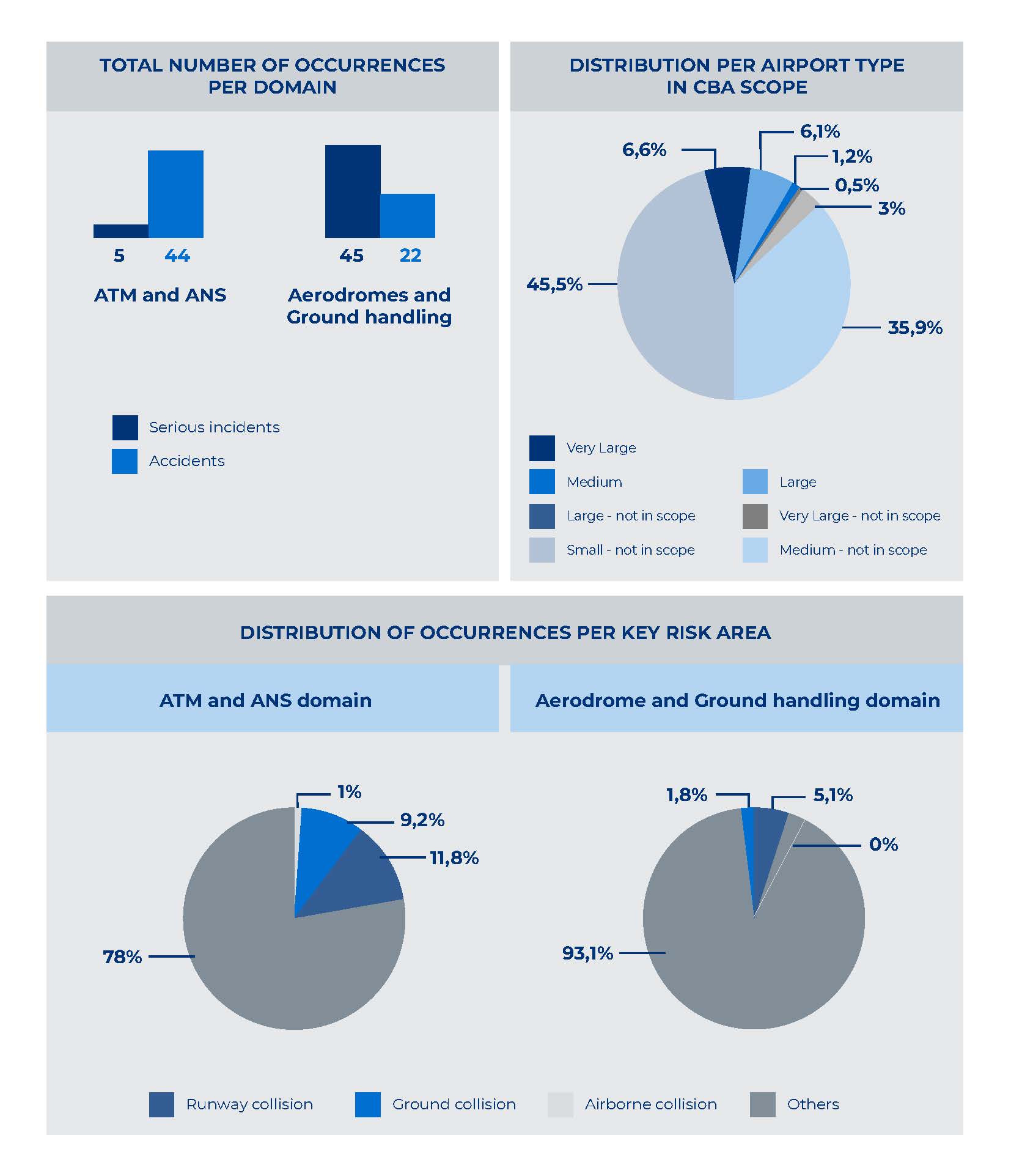
In order to obtain the maximum number of safety occurrences that may be avoided thanks to the implementation of the solution, the total number of annual occurrences should be reduced considering the geographical scope (ATS systems already equipped with A-SMGCS) and the percentage of occurrences that effectively happens in EU airports while using a runway or taxiway, or in the really initial phase of climbing after take-off.
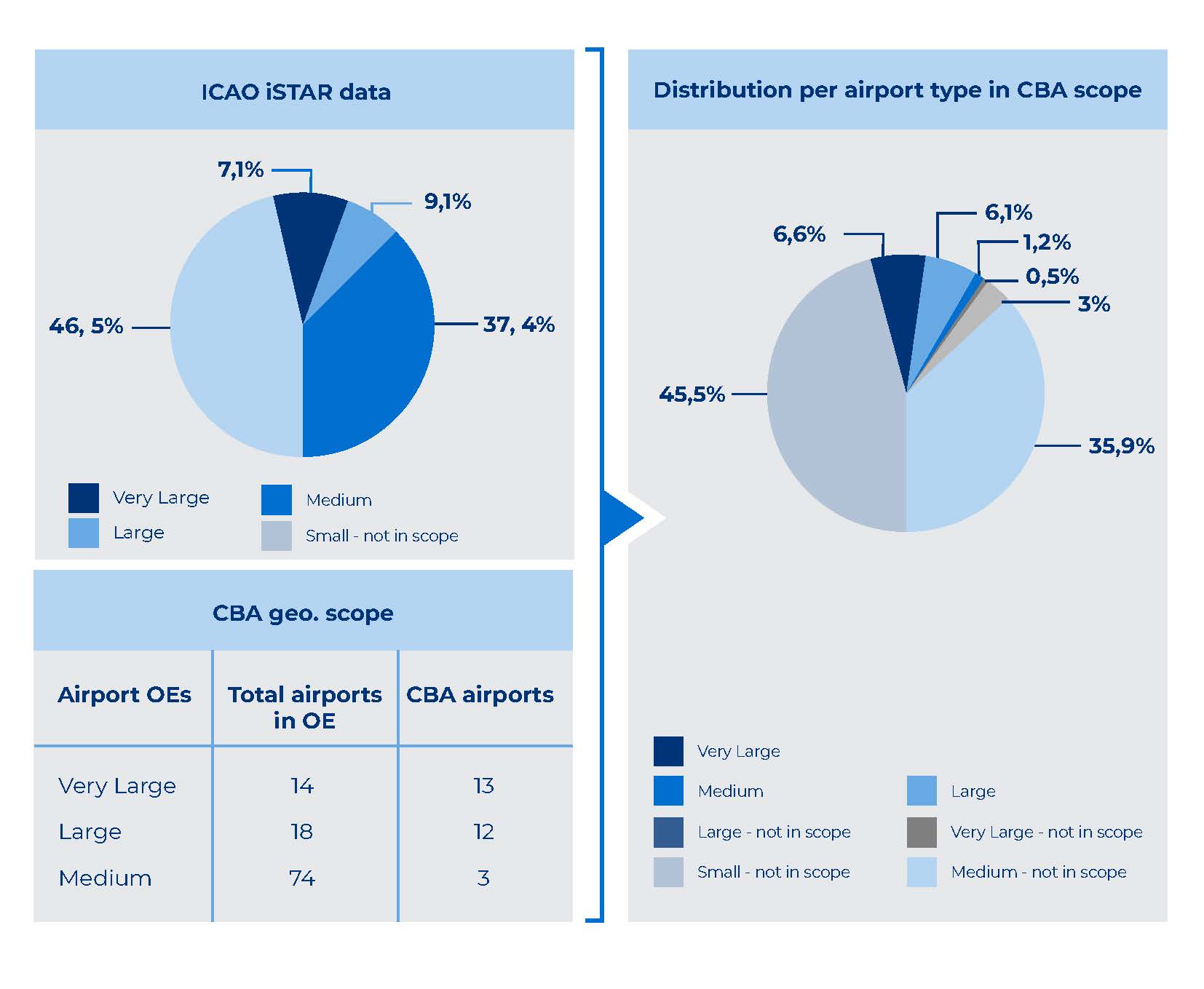
The safety benefits for Airspace Users are the sum of safety occurences related to taxiways, safety occurences related to runways and aircraft physcal damages avoided.
The following figure presents the monetistion formula for impacts related to taxiway hazardous event, for example, a deadlock situation where two aircraft come nose-to-nose or even collide and are unable to get out of the situation without one of them being towed.

In the case of safety occurrences in a runway of an airport, two different scenarios may take place depending on its severity.
- Serious incident: 30-minutes go-around cost after a missed approach by an AU is estimated, considering that the collision has been avoided,
- Accident: the closure of the runway is assumed for a 6-hours period, having a direct impact on the airport capacity, assumed to be linearly proportional to the percentage of runways closed over the total available (e.g. in the case of a 3-runways airport, the closure of one reflects on a 33% of airport capacity reduction).
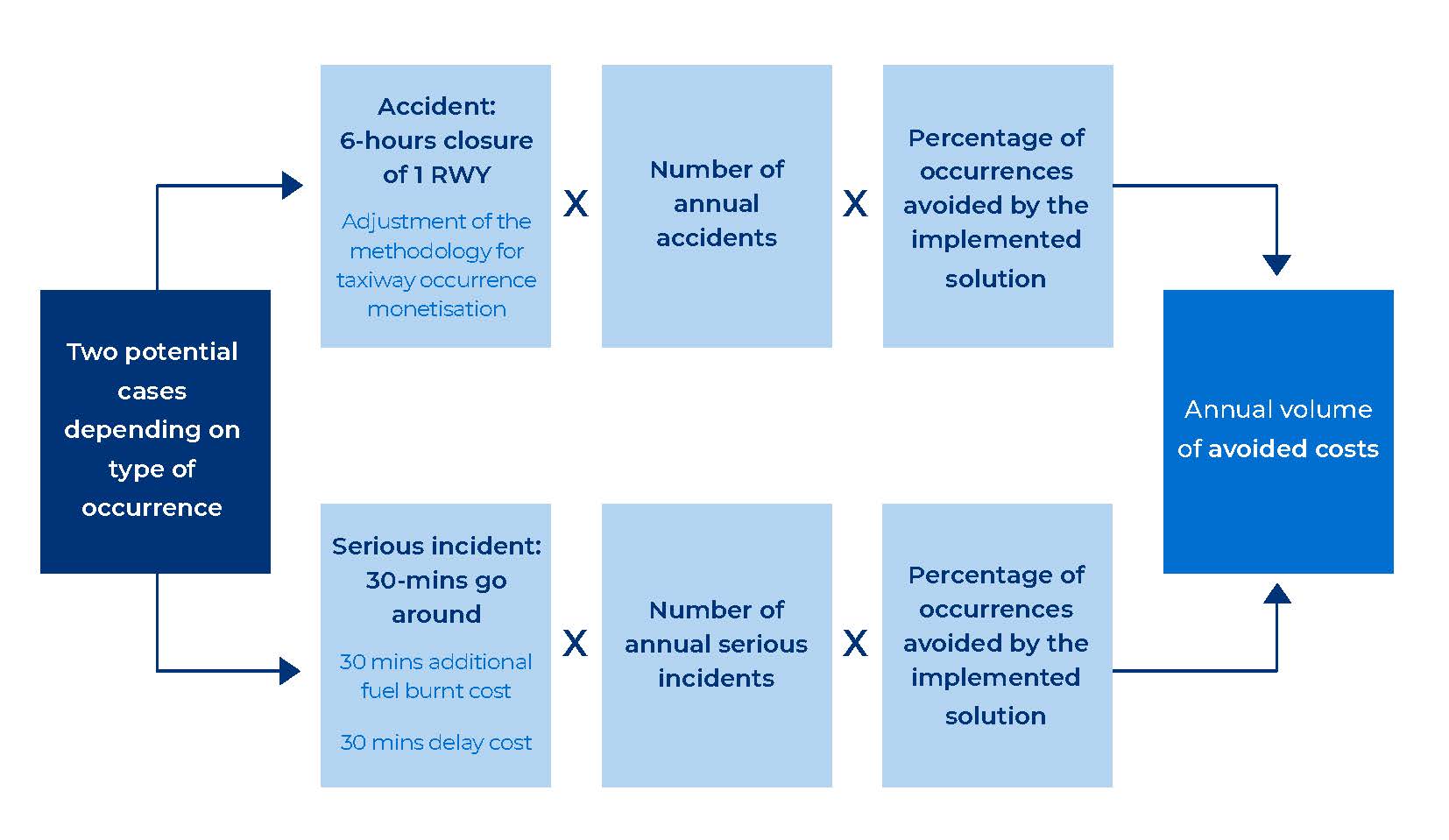
The quantification of aircraft physical damages is assessed correlating the type of occurrence (i.e. accident, serious incident or incident) with the potential degree of damage that correspond to such category. The monetisation mechanism applied for this type of benefits is shown the following figure:

Airport Operators
The benefits the solution may bring to Airport Operators are mainly in terms of avoided loss of airport charges and cost for the repair/replacement of ground vehicles colliding in case of accident with an aircraft.

A simplified approach is used for the estimation of airport charges, estimating the loss in airport charges as a 30% of cancellation costs in case of safety occurrence.
Regarding ground vehicles damages, the benefits have been quantified as the avoiding of the cost sustained to buy a new vehicle in replacement of the destroyed one.
Air Navigation Service Providers
The benefits the solution may bring to ANSPs are mainly in terms of loss avoided of ANS charges.

The cancellation of a flight results in the loss of revenues for the ANSP, both in En-Route and in TMA, as not collecting the related charges. Diversions could result in a variation of collected charges but, as the generated impact will be much lower impact and not easily predictable and quantifiable, these are not included in the analysis. Finally, delays are not expected to generate any relevant benefit variation.
The following figure reports the monetisation mechanism considered for the quantification of ANS charges, based on the calculation of the average cost of ATM/CNS service provision per flight as the ratio between the total gate-to-gate ATM/CNS provision cost and the number of IFR flights. Such reference values are extracted from the EUROCONTROL PRR 2019.


